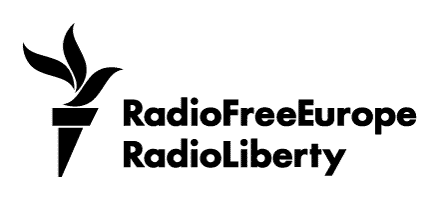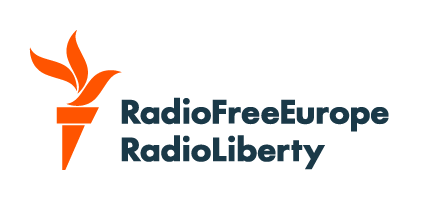Another week of military planning and diplomacy will again underline the divisions between Washington and its European allies over policy on Ukraine, with two key meetings on successive days at NATO headquarters in Brussels.
The United States will be absent from the first and also looks set to play no major role in the second, as European countries seek to forge ahead with their own plans.
The first gathering on April 10 will bring together Defense Ministers from the so-called coalition of the willing , which also includes non-European countries such as Canada and Australia.
The 30-nation group formed in early March following an explosive bust-up between US President Donald Trump and Ukrainian President Volodymyr Zelenskyy in the White House. Among its chief goals is the creation of a military force to deploy to Ukraine following a cease-fire or peace deal.
A big problem for creating the force is that many nations, including Britain, have said that it would only be possible with a "US backstop," meaning air support, logistics, and intelligence.
So far, there's been no clear signal from the United States that it's ready to help.
Former NATO Supreme Commander in Europe, Philip Breedlove, told RFE/RL he did not believe there was the political will in Washington to do so -- but that Europe should push ahead with its plans anyway.
"If Mr. Putin looks across the fence and sees a large coalition of the willing, and that includes Great Britain, France, and Germany, he will have pause," he said.
It is unclear if Germany would take part in any military presence in Ukraine. The country is in political transition following elections in February, with talks on forming a new coalition government ongoing.
Britain and France have spearheaded the coalition, pledging to provide military muscle for the mission, and will be hosting the April 10 talks.
"I think Europe could do this by themselves," said Breedlove.
"The Russian army is beaten up. It desperately needs the United States to provide a peace time so that they can refit and refurb. It'll be the greatest gift we ever gave Russia to allow them to rebuild."
His remarks echo earlier comments by Ben Hodges , former commander of the US Army in Europe, who told RFE/RL last month that European forces had "women and men with good equipment" who could handle the job without US involvement.
But getting the US involved remains a key item on the agenda.
"The Europeans have to convince Trump to back the idea," Jamie Shea, who served in various senior NATO roles before retiring in 2018, told RFE/RL.
"It clearly is going to be a small force and not on the front lines…. The big issue is, will the force ever be deployed if there is no peace and the war continues?" Shea added.
The day after the coalition of the willing talks, the new transatlantic divide will be on display again at a meeting of the Ukraine Defense Contact Group, set up in 2022 by then-US Defense Secretary Lloyd Austin.
Austin chaired the meetings, aimed at coordinating military aid to Ukraine following Russia's full-scale invasion. But his successor, Pete Hegseth, has apparently decided to skip it. A Pentagon statement on April 4 said that he would be traveling to Panama.
"Leaders of our European allies should take primary responsibility for defense of the continent," said Hegseth in February.
"Values are important. But you can't shoot values. You can't shoot flags, and you can't shoot strong speeches. There is no replacement for hard power," he added, urging higher defense spending in Europe.
Hegseth was speaking the day after attending, but not chairing, the previous meeting of the Contact Group.
"Hegseth's absence would suggest that the US has no new package of support to announce," former NATO official Shea said.
"The United States is probably still tying the assistance to the outcome of negotiations on the minerals deal with Ukraine."
"I count Secretary Hegseth a friend personally. But I would tell you that I think it's a huge mistake that he doesn't go," said Breedlove.
"America needs to continue to show leadership in Europe."










